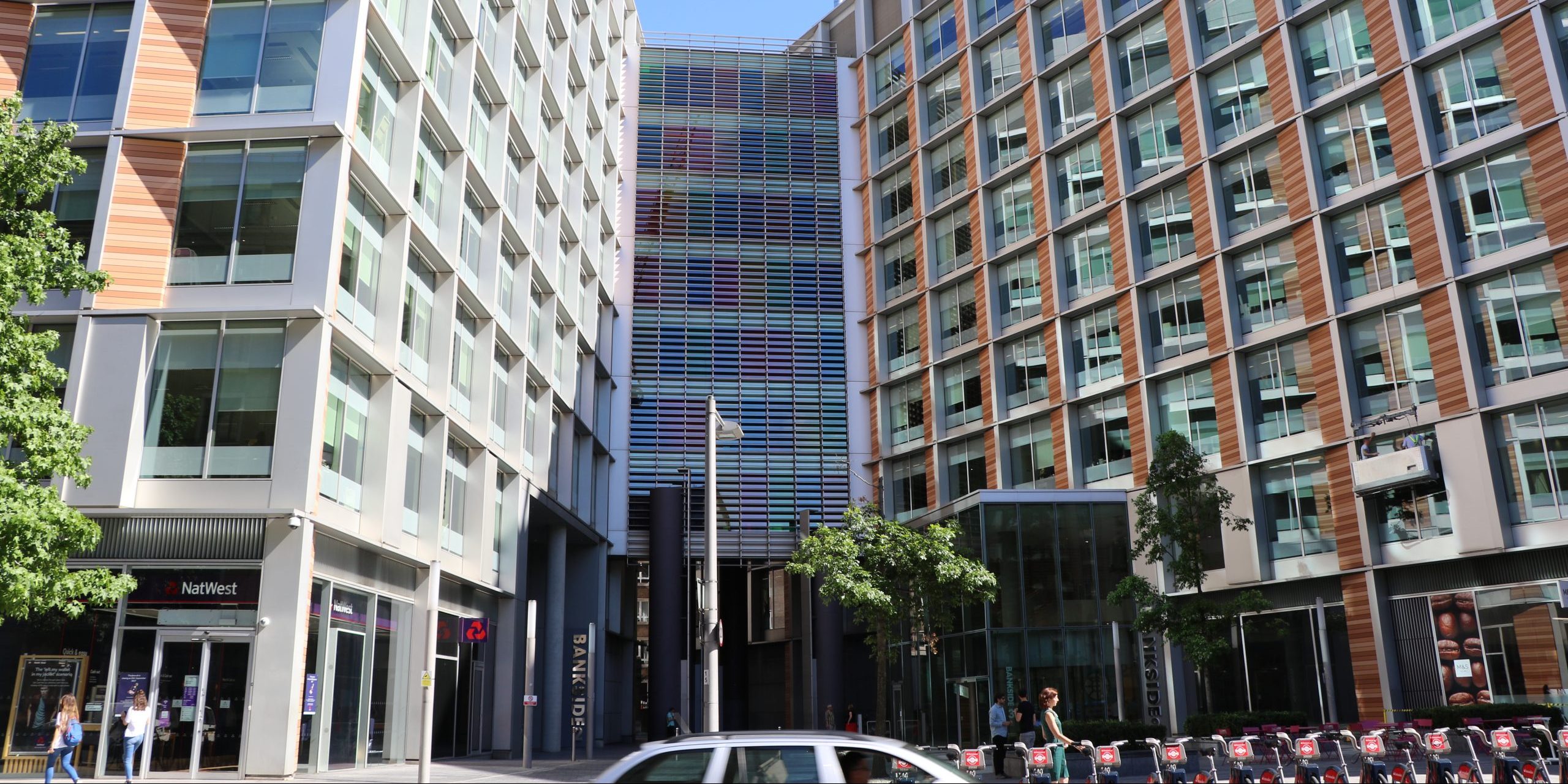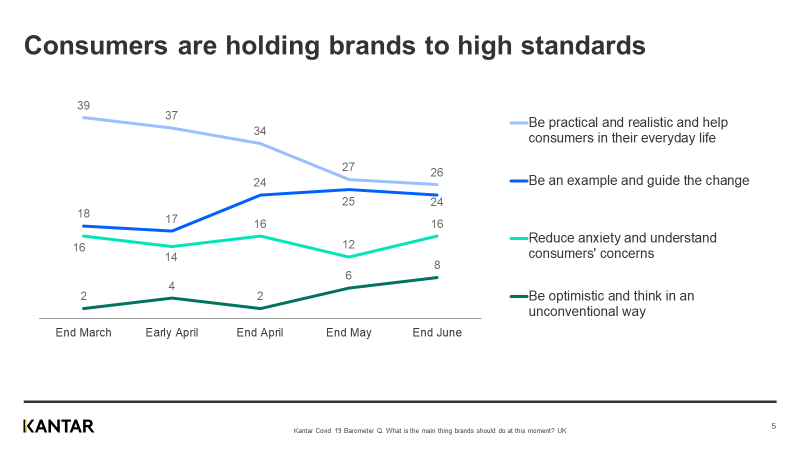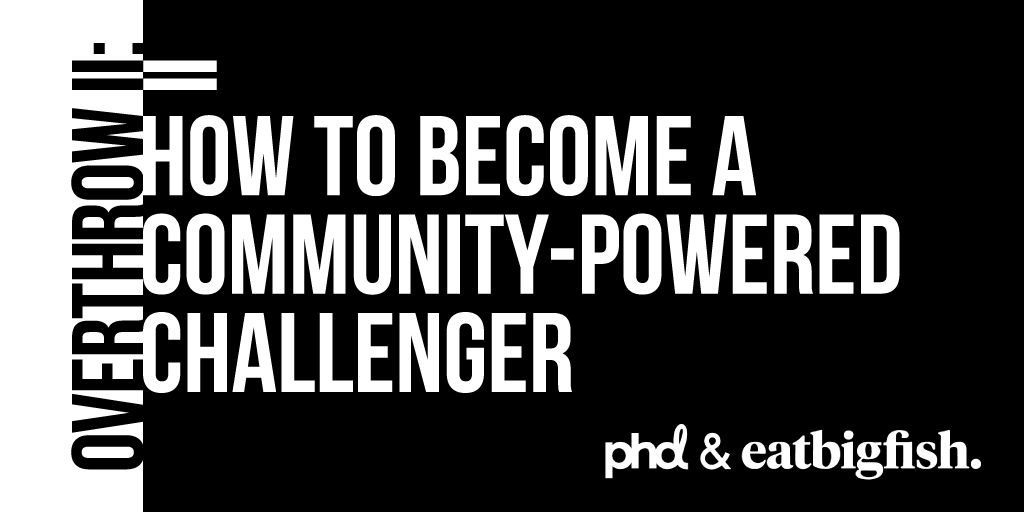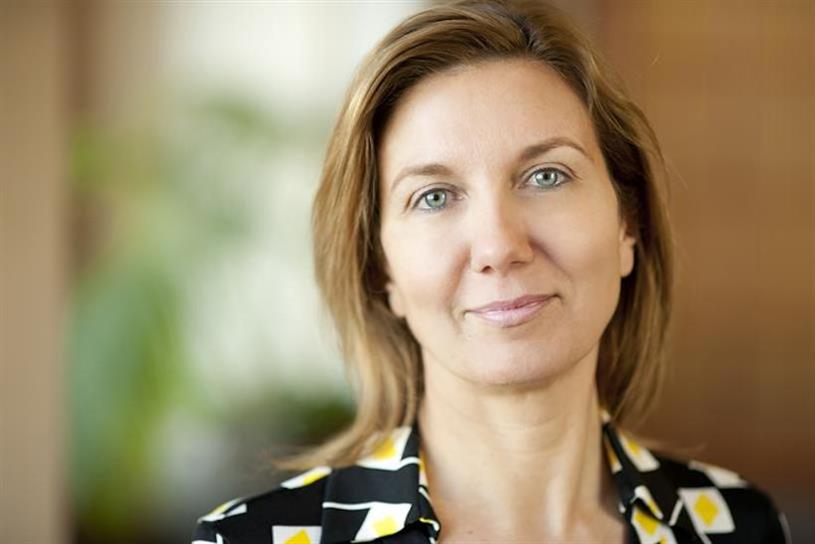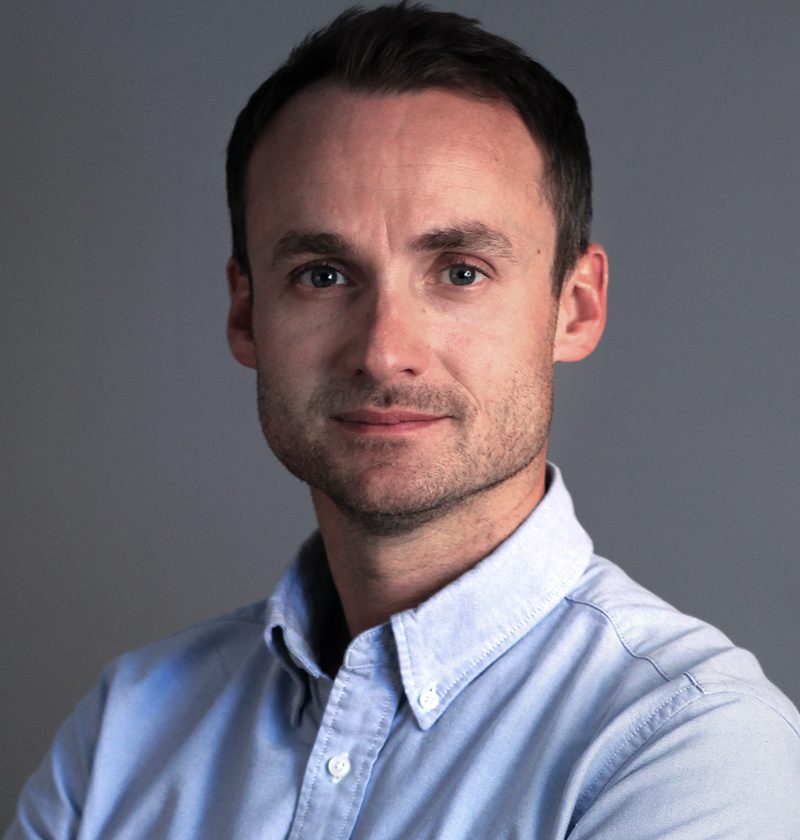
Mike Florence, Chief Strategy Officer, PHD UK
Brand Resilience in the age of COVID-19
We’re living through unprecedented times they say. A new normal is emerging. The world will never be the same again.
For those working in advertising, it’s tempting to follow these proclamations and look to new methods, messages, and media channels.
But what if the lesson of the Coronavirus Crisis hasn’t been to teach us new skills and tactics, but to remind us of those we may have neglected and overlooked.
A few weeks ago I took part in a webinar hosted by Magnetic on the topic of ‘Brand Resilience in the age of COVID-19’. Kantar revealed new BrandZ data that shows that brands that are more meaningful and different have fared better during the crisis than those that score lower on these attributes.
Great news if your brand already has credit in the brand relevance bank but what about those who are looking to grow this metric in the short term. How do you plan for brand relevance?
When looking at the most effective work that has run over the past few months what stands out is the ability to move quickly, the authenticity of the approach, and the power of positivity.
Effective work
One such example that stood out was work from Heinz who partnered with food charity Magic Breakfast to provide 12 million breakfasts to schoolchildren during the lockdown. This contribution was signposted with a simple full-page print ad that ran on the day the nation’s schools closed, providing reassurance to parents that the work of Magic Breakfast would not stop. According to Kantar’s creative tracking, the advert placed in the top 5% of the ads they tested in lockdown for memorability and brand love.
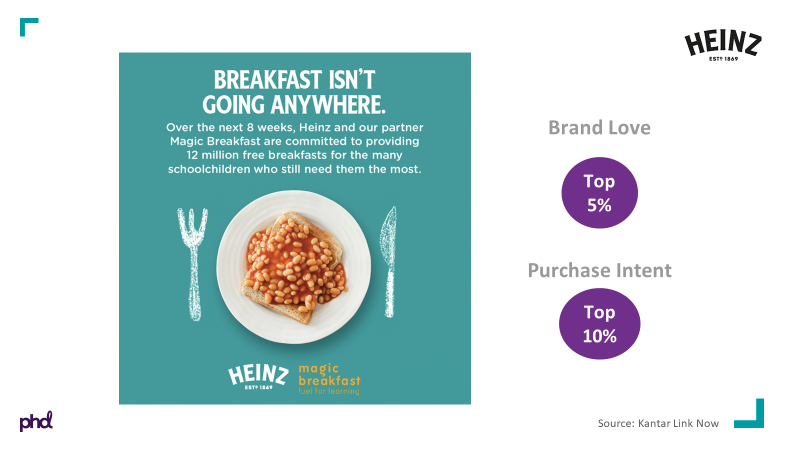
The dating app Bumble is another brand that has planned well for relevance. As the UK went into lockdown, Bumble sought to communicate that their app was a safe, fun environment to date during the lockdown. To deliver this message, Bumble turned to Cosmopolitan, leveraging the magazine brand’s positive, trusted editorial to produce a ‘dating in lockdown’ online content series.
Even more recently Bumble has run a roadside OOH campaign featuring amusing statements on post-lockdown dating behaviours. In both instances, the brand has developed extremely relevant messaging and delivered it in environments that align with the rhythms of their audience’s lives at that point in time. They must be doing something right judging by a soaring app store ranking.
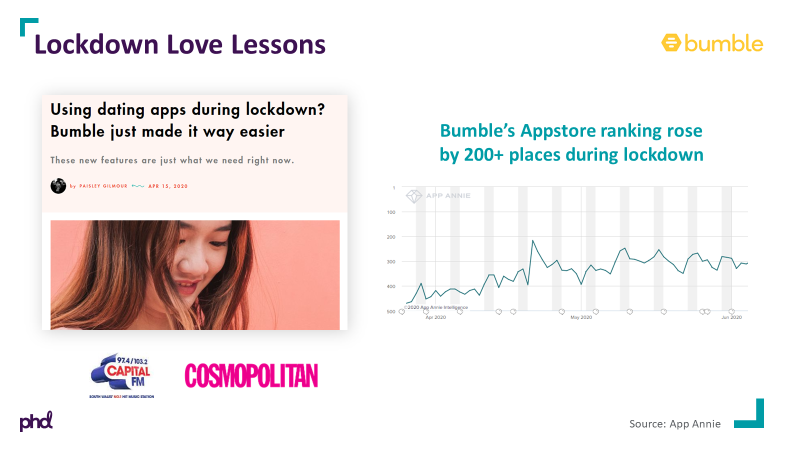
Positive media environments
Looking back at these and other successful campaigns over the past few months, it’s becoming clear that advertisers are reaping the benefits of planning for positivity. Our monthly, nationally representative ‘PHD Rhythms Survey’ shows that 2 in 5 believe that advertising has a positive role to play in lifting the nation’s mood post-lockdown. Planning for positivity isn’t just about the right message, it’s also about the environment.
Media planners have often looked at consumer mood as a nice to have when it comes to channel and partner selection, but I believe it’s time to start prioritising positive media environments. Not only are they brand-safe, but they are also brand-building, as proved by research from Hearst. In an age marked by negativity, positive media environments could well see a renaissance and that can only be good news for the brands that are along for the ride.
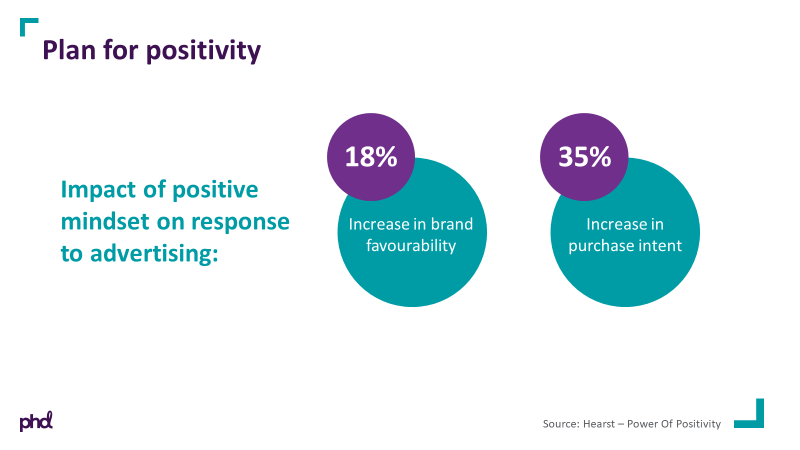
COVID-19 has reshaped our world in many ways. We’ve changed the way we work, buy, and socialize. As an industry, we’re being prompted to reconsider the way we plan. Not to follow a new fad but to rediscover some old truths. Optimal channel selection isn’t always mathematically derived. The right partner isn’t always the one offering the best value. That planning for positivity is good news for brands, consumers, and media owners.
You can read the full collaboration research project between Magnetic, PHD & Kantar right here.
More from Mike Florence – Time Machines and Milton Keynes
